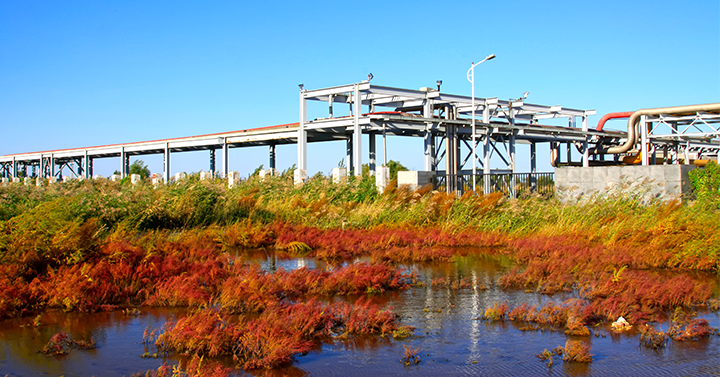Sales of aquatic herbicides have grown by approximately 9.0% annually over the past decade, according to the latest data from Kline.
“Weed management is integral for many industrial and public sites, including areas surrounding roadways, railroads, electric utilities, and pipelines,” says Aneesa Moolla, Project Manager in our Agrochemicals practice. “One of the specialist areas of focus for this industry: aquatic weeds. In the industrial context, aquatic weeds are commonly found growing in areas of water resources such as water supply, power generation, and recreational areas. Removing these weeds is critical to prevent the destruction of aquatic ecosystems and, in some cases, to prevent algae blooms that are toxic to animals and people.”
Factors that have affected the sales growth of aquatic herbicides in recent years include increased herbicide pricing and a continual effort toward fighting invasive aquatic species. The biggest weed targeted in 2022 was the hydrilla (Hydrilla verticillata). Considered an invasive species, it was introduced in Florida in the early 1950s; it is now widespread throughout the southeastern United States and mid-Atlantic coast, entering the West. This submersed perennial herb is competitive because it can grow in deep or shallow waters, and it can thrive with low sunlight and nutrient levels. Kline estimates that around 25% of total aquatic herbicide sales are for the treatment of these species. In the past, the active ingredient fluridone was heavily used as a cost-effective broad-spectrum herbicide to control most aquatic weeds, but it resulted in fluoridone-resistant hydrilla. As such, only minor amounts of fluridone are used today. Instead, active ingredients such as Endothall, Diquat, and Glyphosate are more popularly used for control.
Also included in aquatic herbicides are controls for riparian weeds. These emergent weeds are found in wetlands, estuaries, and on the shores of lakes and rivers. They can be classified by aquatic management organizations as riparian, aquatic, or upland. Examples of these weeds include tamarisk (saltcedar), purple loosestrife, Phragmites, Russian olive, Melaleuca, and Spartina. Glyphosate also ranks highly as a main active ingredient for these plants, accounting for 80% of the riparian herbicide sales.
In addition, many aquatic control programs include algae control for lakes and ponds. Algae, particularly blue-green algae, can cause off-taste and odor problems in drinking water and off-taste effects in catfish. Algal growth is unsightly and can interfere with recreational use, as well as present a health hazard. Copper sulfate is the most widely used product for algae control and can be applied in a variety of ways. The application rate for copper sulfate is highly dependent on the pH value and depth of the water. The rate used to control algae is close to the rate at which it can become toxic to fish, so care must be taken to apply the correct rate for the volume of water being treated.
For more information on this subject, be on the lookout for Kline’s Industrial Vegetation Management Market for Pesticides: U.S. Market Analysis and Opportunities, which is scheduled for publication next month. The study is a comprehensive analysis examining the industrial vegetation management market in the United States, providing details on the important market segments and focusing on key trends, developments, changes, challenges, and business opportunities.

